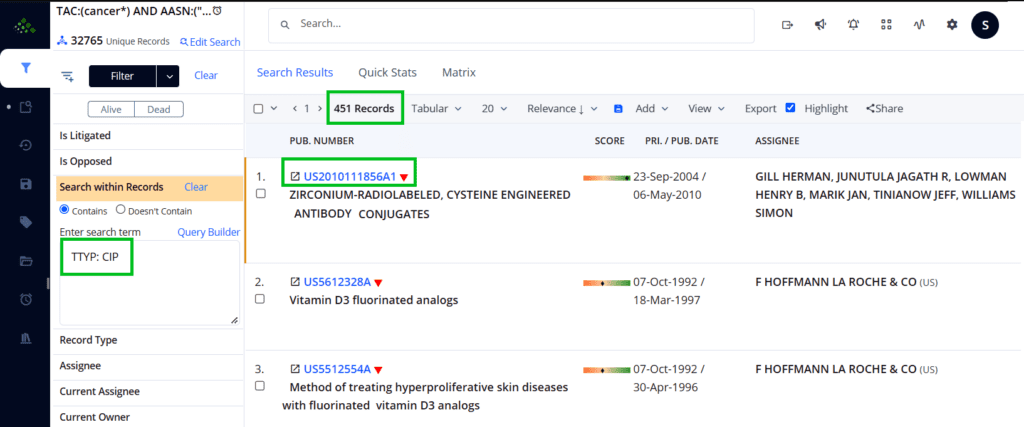Share
Share

When you have to document an improvement to an invention disclosed in a previously filed application, you can either file a new application, a continuation application, a continuation-in-part (CIP) application or a divisional patent application. While CIP applications are generally available in the U.S., a divisional application (available in Europe and China) or patent of addition application (present in India, Australia and New Zealand) are similar to CIP applications. This blog post discusses the pros and cons of the US specific CIP application.
A CIP application is filed after the original (parent) application and captures new innovations done around the parent application. The CIP will have the same priority date as that of the parent application. However, any claim in the CIP that reveals new subject matter will have a new priority date. Filing a CIP by claiming alternative embodiments of the invention helps you protect it better, thereby benefiting your IP strategy as a whole.
What is the right time to file a CIP application?
A CIP application must be filed before the patenting, abandonment, or termination of proceedings for the parent application. The best time to file a CIP application is before you publicly disclose the parent application.
What are the benefits of a CIP application?
- Lower patent prosecution costs – By filing a CIP application, you can reduce filing fees as you are combining old and new disclosures in one patent application. So you can avoid filing parallel applications (completely new patent applications) and keep adding improvements or new embodiments to the original application while the prosecution is ongoing.
- Reduced patent management costs – Since you are not filing different patent applications for every new improvement in the invention but condensing your portfolio to one series of patent applications, it reduces the number of patents for a particular technology. Since there are fewer patents to manage, you will need to pay less patent maintenance fees in the future.
- Addition of new subject matter – With a CIP, you can add new subject matter in the patent to support features of the claims or improve the original subject matter. To support the claims, you can further modify the existing description or add information to describe new subject matter.
What are the drawbacks of a CIP application?
- Shorter patent term – A CIP patent application claims priority to the parent application. So even if the CIP application was filed 5 years later than the parent application, it will have the same expiry date as that of the parent application.
- The parent application can be used as prior art – If there’s a one year gap between the parent application and the CIP application, nothing prevents the disclosures in the parent application from being used as prior art for new claims in the CIP application.
- Prosecution history – A CIP application may be subject to prosecution history disclaimers made in the parent application which may narrow the scope of patent protection in the CIP application.
How can PatSeer help in finding CIPs, CONs and DIVs?
Use PatSeer’s Search Within Records option to search only for continuation-in-part (CIP), continuation (CON), or divisional (DIV) patent applications. Check the patent landscape using the “TTYP” search field code in PatSeer to look at the latest developments in competitors’ patents, for example, whether a competitor has claimed new subject matter in a patent.

The intellectual property sector offers several opportunities for inventors to update any improvements to their inventions. However, you should make an informed decision about whether or not to choose a CIP application for updating the latest enhancements to an existing application. It is always advisable to consult with patent agents or attorneys to decide which strategy to adopt.




